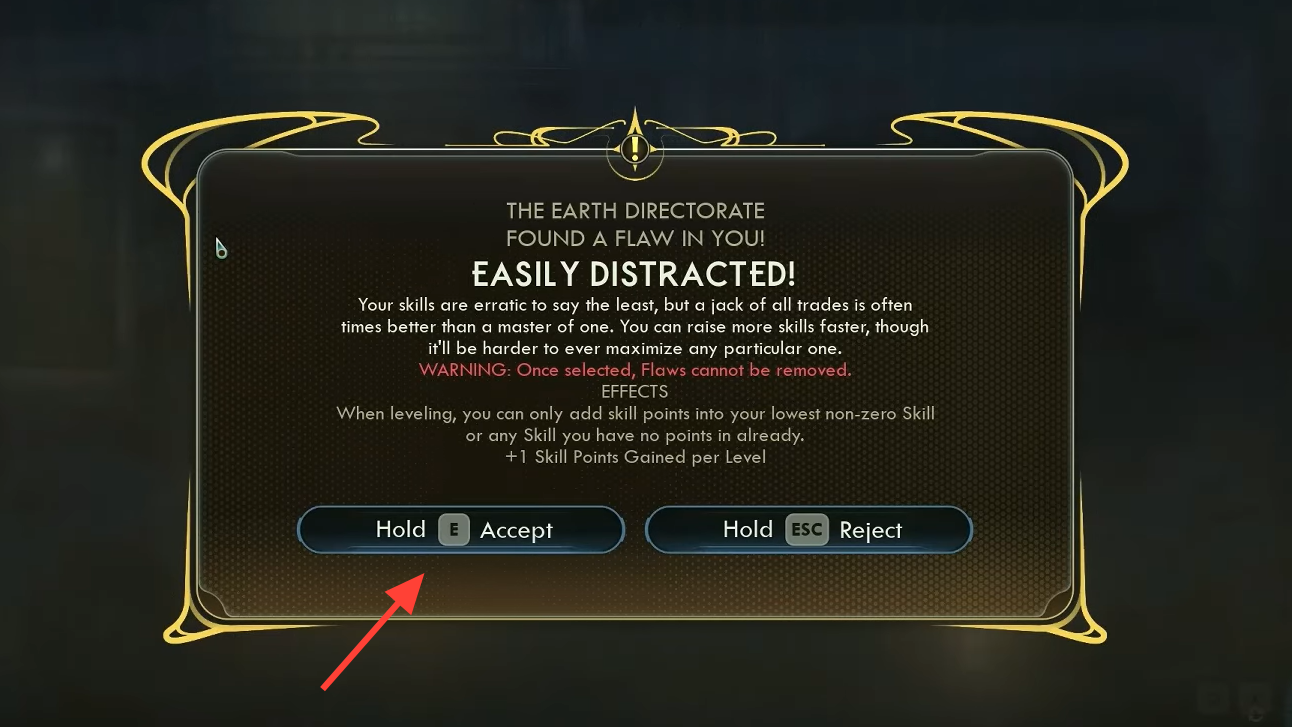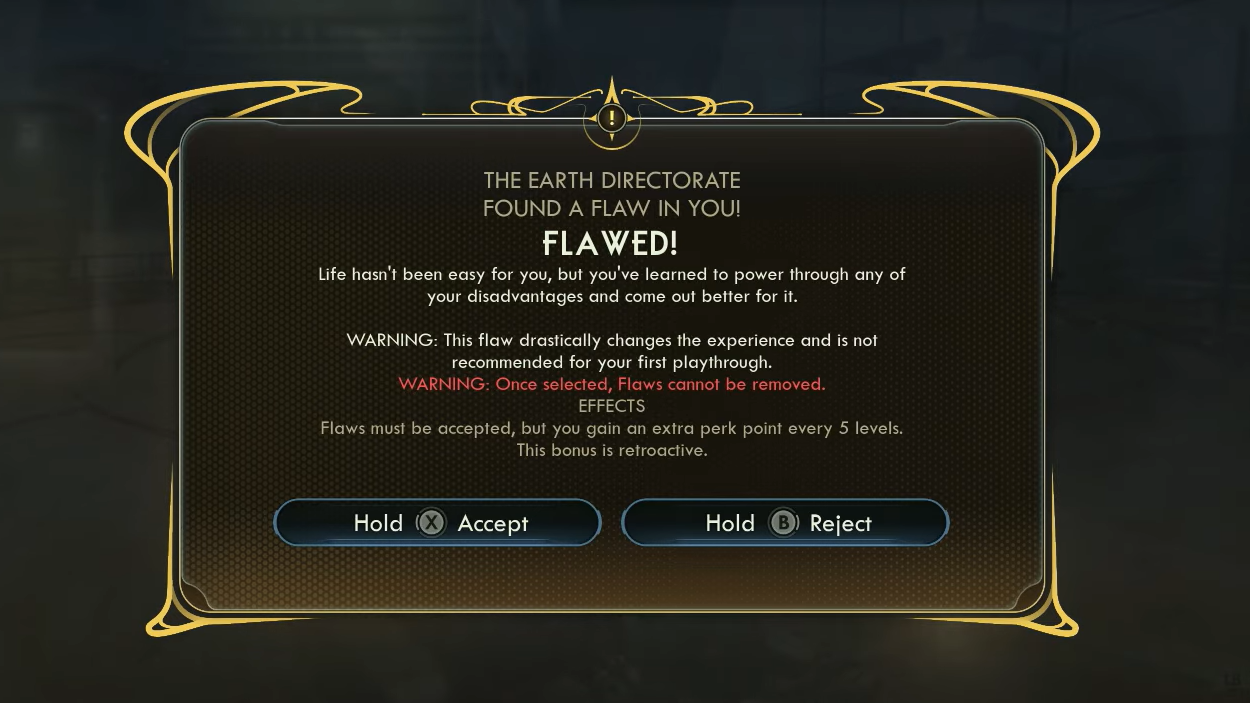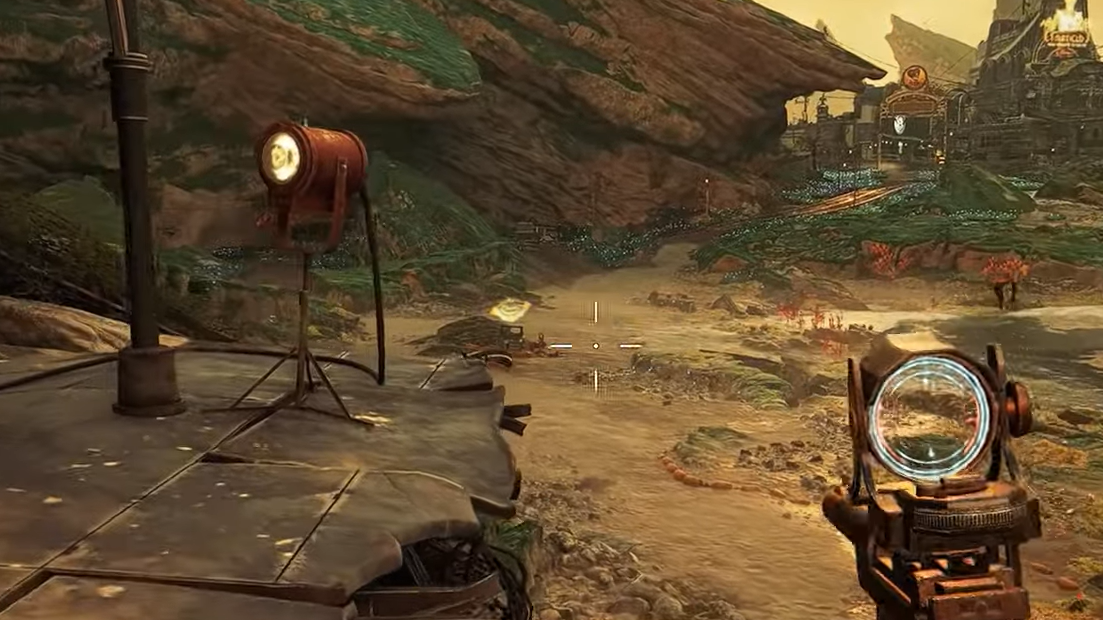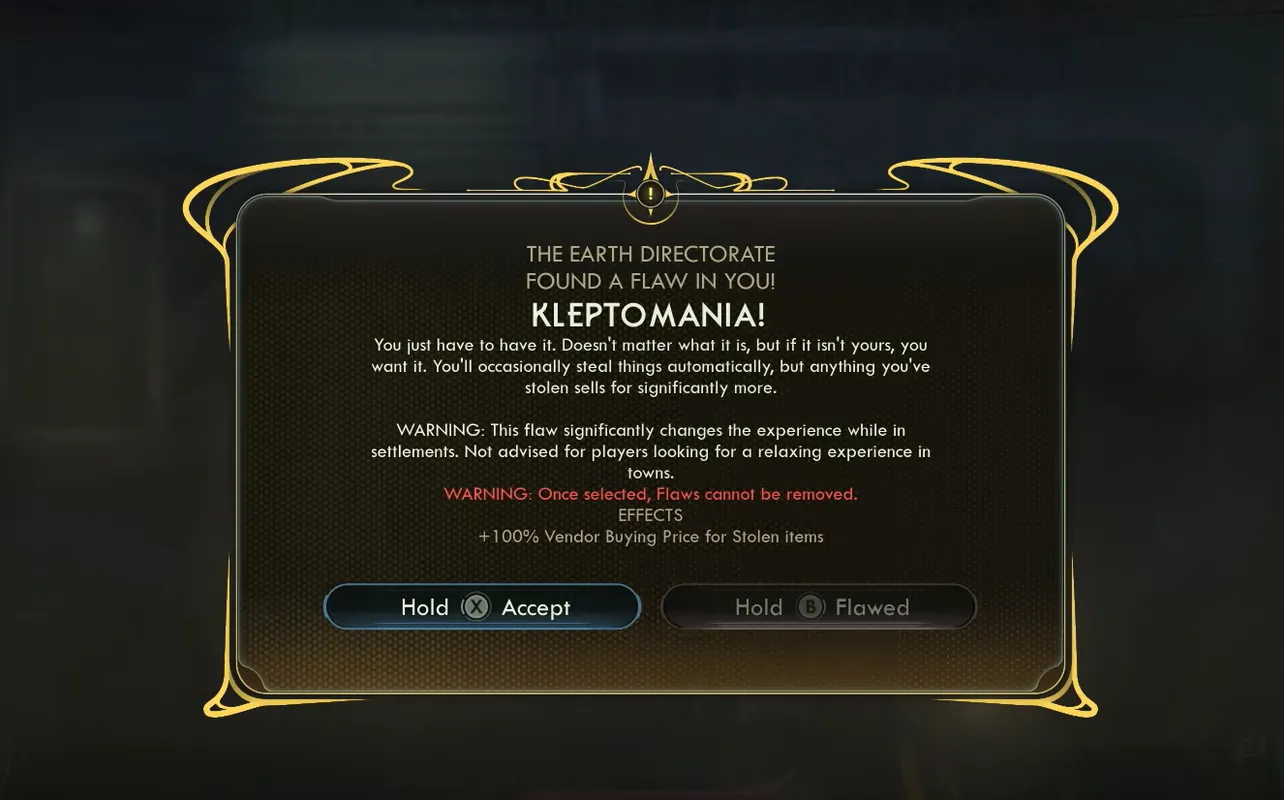The Outer Worlds 2 brings back Flaws as a character‑shaping mechanic and also arrives with a handful of design decisions that blunt the power fantasy and the role‑playing reactivity the series built its name on. Here’s how the Flaws system works now, why it’s proving divisive, and how it fits into the sequel’s bigger rough edges.
Flaws in The Outer Worlds 2: what they are and how they work
Flaws are permanent, optional modifiers that appear dynamically while you play. When one is presented, you choose to accept it or decline it on the spot. If you take it, the Flaw immediately applies its effect to your character for the rest of the run. If you pass, it won’t apply, and you keep playing as usual.
The sequel shifts the reward model. In the first game, accepting a Flaw granted an extra perk point; in The Outer Worlds 2, each Flaw is a paired trade‑off: a tangible bonus and a tangible drawback bundled together. No extra perk point is awarded.
Because Flaws are permanent and arrive in the middle of a build you’re already committing to, it’s worth treating them like gear you can never unequip. If the downside compromises your core playstyle, you’ll feel it for dozens of hours.

Examples of Flaws and why they often feel too costly
Specific Flaws vary, but they consistently couple a situational benefit with a penalty that’s active in frequent combat states. That’s why many players find most of them not worth the slot.
| Flaw | Bonus | Drawback |
|---|---|---|
| Anger Mismanagement | +25% Power Attack damage | +50% damage received while blocking |
| Companion Triage (example) | Gain a full skill bar when a companion goes down | Lose the ability to revive a companion |
On paper, these are classic risk‑reward toggles. In practice, the penalties tend to undercut common survival tools (blocking, reviving, defensive windows) while the bonuses apply to narrower windows of play. If your build doesn’t lean hard into those windows, you’ve accepted a universal handicap for a situational edge.

Should you accept Flaws?
Short answer: usually no. The new model removes the safety net of an extra perk, and the downsides are often severe in everyday encounters. Because you can decline each Flaw as it appears, you aren’t punished for skipping them.
Consider accepting only when all of the following are true:
- The bonus amplifies a move you use constantly (for example, a power‑attack‑centric melee build for Anger Mismanagement).
- The drawback won’t meaningfully apply to your style (you rarely block, or you’re running a lone‑wolf setup and don’t rely on revives).
- You’re comfortable living with the penalty for the rest of the run—there’s no respec to undo Flaws later.
The sequel’s broader design flaws that impact role‑play
The Outer Worlds 2 gets bigger in scope—more locations, more combat toys, more systems—yet it often gives you fewer meaningful ways to push back on its world. Several patterns show up across the campaign:
- Narrowed dialogue lanes. Core conversation trees frequently collapse into three archetypes: the virtuous response, the violent response, or the deliberately low‑intelligence gag option. That leaves fewer credible paths to role‑play a principled rogue, a mercenary realist, or a true ideologue.
- Muted reactivity. Early zones can hide clever routes and payoffs if you explore, but subsequent areas tend to isolate side stories from the main plot. Even stark choices—enabling atrocities or choosing who lives—may resolve to a line or two of acknowledgment rather than cascading consequences.
- Frictionless signposting. Alternate paths are often highlighted outright, keycards sit near locked doors, and terminals point you to solutions. It’s accessible, but it softens the pressure of committing to skills and living with the constraints that make RPG choices feel earned.
- Flat party dynamics. Companions with clashing ideologies seldom escalate beyond mild barbs once they’re in your crew. Even when you blatantly disrespect a faction’s relics in front of a loyalist, it rarely causes more than a quip.
- Quality‑of‑life gaps. Inventory management feels clunky, and there are no in‑game tools to restyle your character or reallocate stat points later if a build isn’t working.
All of this tilts the experience toward smoothing things over—both with NPCs and with systemic hurdles—at the expense of the thorny compromises that make the genre sing.

What still works well
Minute‑to‑minute play remains satisfying. Jumping between worlds, chasing down guns and cash, and clearing combat spaces is cohesive and readable. Combat offers enough flexibility for you and your companions to pick a lane and stick with it. And the long‑requested third‑person camera is finally an option, which helps the game’s visual identity show up during traversal and fights.
When the campaign leans into dense, interconnected spaces—where curiosity reveals side entrances, hidden characters, or delayed payoffs—it hints at a sharper, more reactive RPG that the larger structure doesn’t consistently sustain. Later story beats do open the door to bolder choices; it just takes a while to get there.
Takeaways for your first playthrough
- Decline most Flaws; accept only if the bonus is core to your build and the penalty won’t constantly bite.
- Front‑load a clear combat identity. The game often hands you alternate routes anyway, so specialize for fun rather than fear of being locked out.
- Expect strong openings and a late upswing; the middle stretches can feel like vignettes with limited downstream impact.
- Don’t bank on party drama or faction outrage to reshape the journey; pick the companions you like and roll with them.
The Outer Worlds 2 has the tools for a great RPG night in—responsive gunplay, punchy loot, and flashes of sly worldbuilding—but its Flaws system and softened reactivity nudge you toward safer, more uniform play. Treat Flaws as opt‑in challenges, build boldly, and savor the moments where the game lets curiosity write the next page.


